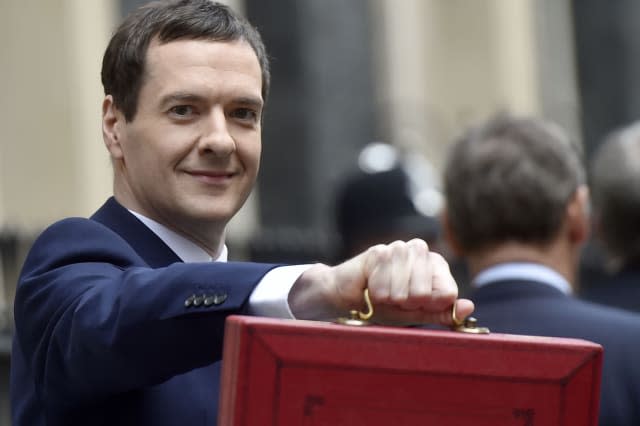George Osborne's new ISAs explained

In this tax year, there's a bigger range of ISAs to choose from than ever, as George Osborne has shown an enthusiasm for introducing a new one whenever he possibly can. It means there are new possibilities for your savings and investments - but also a new risk of getting completely confused by what's on offer. It means it's worth knowing the basics of the new kids on the block.
What's happening to ISAs?
Don't worry if you're an ISA fan already - and have grown attached to your cash and stocks and shares ISAs: these long-established types of ISA will endure.
The cash ISA will continue to operate like a tax-free bank account, and you still have an annual allowance of £15,240. This allowance is split between the cash ISA and the stocks and shares ISA - which can hold individual shares and bonds - although it's more commonly used to hold funds.
Junior ISAs also continue to operate. These are for children under the age of 18. They have a smaller annual limit of £4,080, and again can be split between cash and stocks and shares. Money in the ISA can be accessed directly by the child at the age of 18.
What's new then?
The new kid on the block from this month is the innovative finance ISA. These are designed to provide a tax-efficient way to invest in peer-to-peer products - where individuals lend and borrow from one another direct - at a higher rate of interest than is typically available elsewhere.
The most well-known names in this area are companies like Zopa, Funding Circle and Lending Works. Unfortunately, none of these big names have regulatory approval for an ISA yet - so if you want to take advantage, you'll have to be patient.
When they are eventually in place, they will be available to all over-18s. Contributions are part of the overall ISA allowance, so you can invest anything you like up to £15,240 - as long as your total ISA contributions don't exceed this over the course of the year.
Is that it?
Don't forget the Help to Buy ISA either - which was launched last December, so this is its first time in the line-up of ISA options for the new tax year. It's worth being aware from the outset that you're not allowed to contribute to a Help to Buy ISA and a cash ISA in the same year, and any money you put into a Help to Buy ISA will form part of your annual ISA allowance of £15,240.
This variation of ISA is another kind of cash ISAs, which allows you to save for a property deposit. You can deposit £1,200 at the outset, and then £200 a month - up to a total of £12,000. When you come to use the lump sum as a property deposit, the government will add a bonus of £1 for every £4 you have saved. If you manage to put the maximum of £12,000 in, therefore, you'll get a bonus of £3,000.
Anyone over the age of 18 can open one, until 2019, and the government top up will be available until April 2029. From 2019 you won't be able to get a Help to Buy ISA — because it will have been effectively replaced by the Lifetime ISA. However, from April 2017 you will be able to transfer an existing Help to Buy ISA into the new (more generous) Lifetime ISA
What about the Lifetime ISA?
These are not actually available at all until the new tax year in April 2017. At that point adults under the age of 40 will be able to use it to save cash or invest in stocks and shares - as long as they either spend it on a house deposit or a pension.
You can invest up to £4,000 a year, and the government will pay in an extra 25% until the age of 50. This will be part of your annual ISA allowance (which will be £20,000 from April 2017).
You can withdraw the money at any time in order to buy your first home (up to the value of £450,000). However, after that, the money will be locked away until you reach the age of 60. If you need the cash before then, you'll lose your bonus and pay a 5% charge.
If you have a Help-to-Buy ISA, you'll be able to move it into a Lifetime ISA when they become available. If you decide to run both the Help-to-Buy ISA and the lifetime ISA at the same time instead, you'll only be able to use the bonus from one of them in order to buy a property.
All in all, we have moved from a world where there were originally only two types of ISA, to one where there's a Cash ISA, Stocks and Shares ISA, Junior ISA, Innovative Finance ISA, Help-to-Buy ISA and Lifetime ISA. Simple really.





